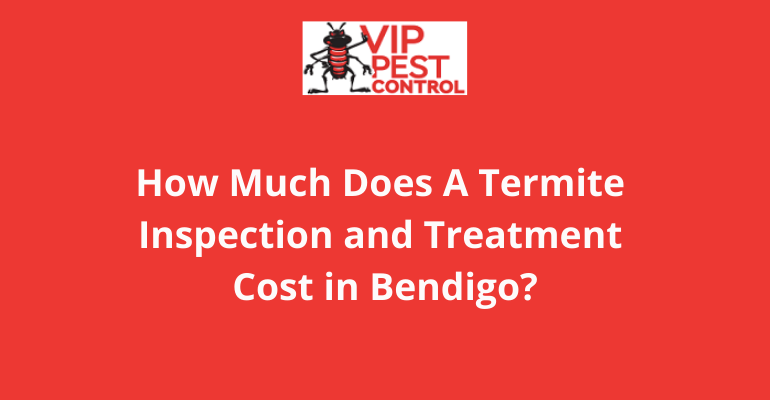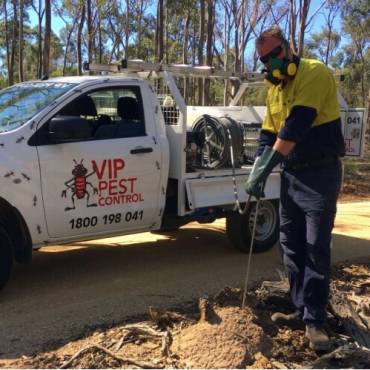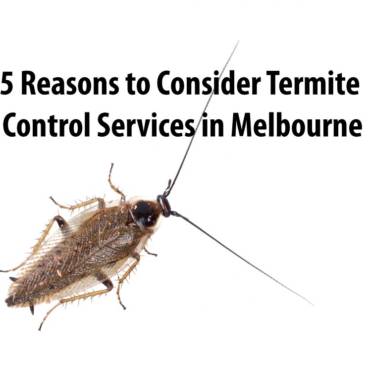Termite prevention and control shouldn’t be taken lightly, especially if your home or premises has significant timber elements.
It shouldn’t just be visible evidence of termites you should be worried about. Termites can exist while remaining well hidden and undetected, silently destroying your home or premises!
Left unchecked they can do a tremendous amount of damage in a really short time. If you believe termites are active around your home, you can take steps to have them permanently removed.
So what can you do to treat termites effectively? There are two options when treating your home or premises –
Option 1 – A quick fix
This treats the area of live termites only, these treatments can be done by either a spray treatment, foaming treatment or dusting treatment.
Option 2 – Thorough termite treatment procedure
Termite damaged areas in window frame and wall cavity would have small piercings put into affected areas and the application of product applied directly into the termite workings.
It is essential that a non-repellent chemical is used as these products are slow acting and will allow the product to be transferred from termites back to the nest. The cost of non-repellent chemicals is much greater than repellent chemicals as these chemicals only kill termites on contact.
HOW TO DETECT TERMITE INFESTATION
Termites often do not make their presence known immediately or in the short-term. Usually, it becomes apparent that termites are present because of visible damage to your property. This awareness occurs at a later stage after the termites have devoured most of the wooden parts of your home. It is important to inspect your property on a regular basis to ensure termites are not around. Especially when your property is located in moist, humid or tropical conditions, the prevalence of termites will be high.
Here is a list of common signs of termite infestation.
- Hollow timber: When you tap against a timber material and it sounds hollow, termites might be infesting underneath. Without making an inspection hole, a professional termite controller can use a thermal measuring device to detect termites underneath a surface.
- Papery wooden substance: When a wooden substance feels papery and flakes forms, termites might be feeding and weakening the substance. If all that remains is a thin layer of wood and paint, it might be time to strip back the material and inspect underneath.
- Shallow skirting board: A shallow skirting that has lost its structural integrity might be infested with termites. If you can poke your finger through the board, there is likely to be termite damage underneath.
- Hole in the flooring: Holes in floorings are not always signs of termites. However, if your flooring has a moist environment underneath, this could be a sign that termites have eaten their way through the flooring boards. You can avoid this issue by polishing the boards and treating all surfaces.
- Cracks in door jambs or window frames: As termites feed on wooden substances, the structural integrity of the substance weakens. Eventually, the door jamb, cornice or window frame will crack at the mitre joint. Check to see whether the cause of this crack is due to termites or movements to structure of the property.
- Tight fitting doors or windows: When termites infest on doors and windows, they excrete a substance which traps heat and moisture. This is important for termites so that they survive. This causes the wooden material to swell. The effect of the swelling is to make doors tighter to close and windows harder to move.
- Mud on wooden elements: Termites form mud tubes or shelter tubes to protect themselves from the environment. They use these tubes to travel from one location to another and to nest on wooden substances. This helps them to support their feeding habits. Any sign of soil or mud deposits on wooden elements of your property should be immediately treated and securely disposed.
Want to learn more? Click here to read our Blog – Top 5 tips for termite control





Add Comment
PESTS DON’T STAND A CHANCE… Call us 1800-198-041